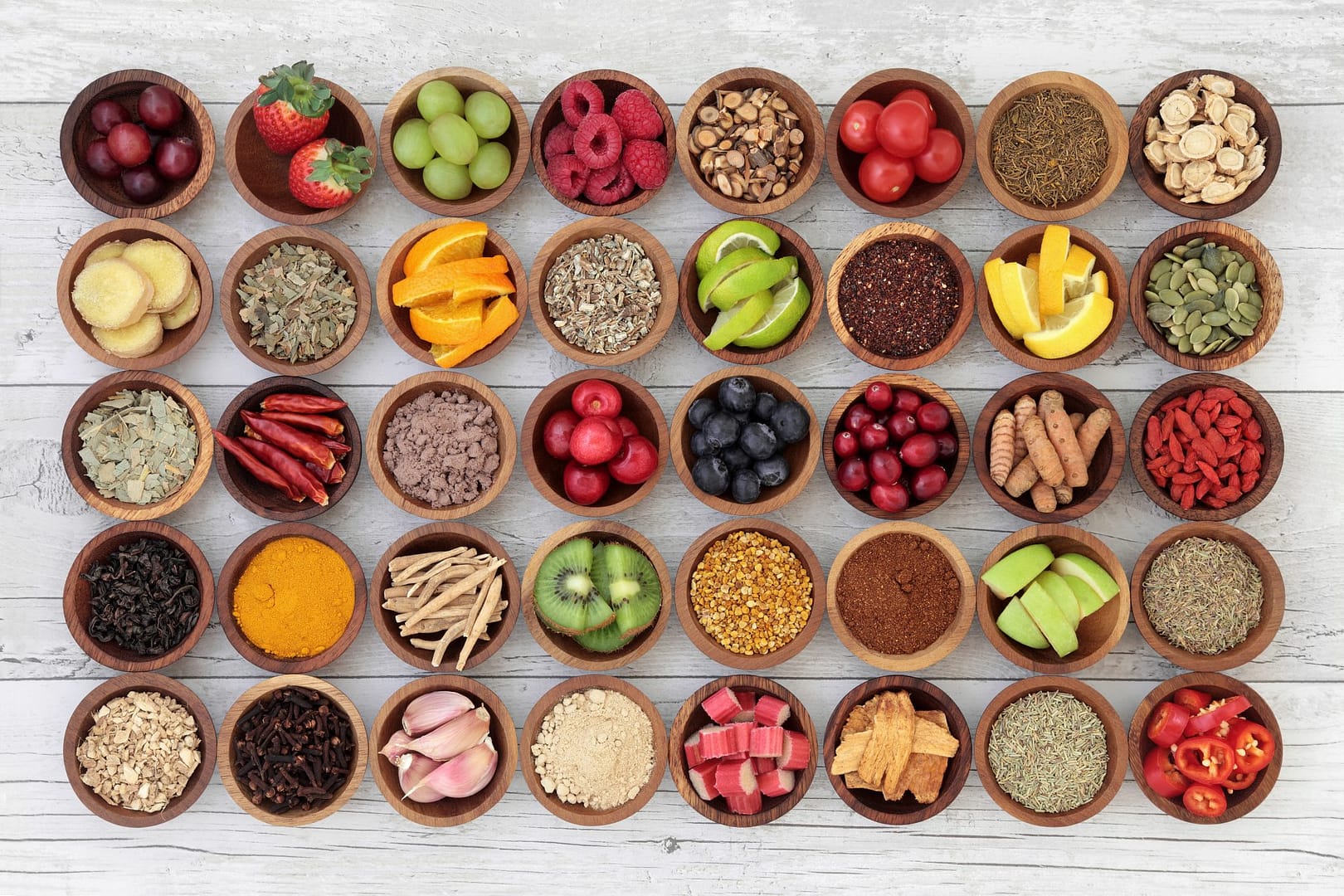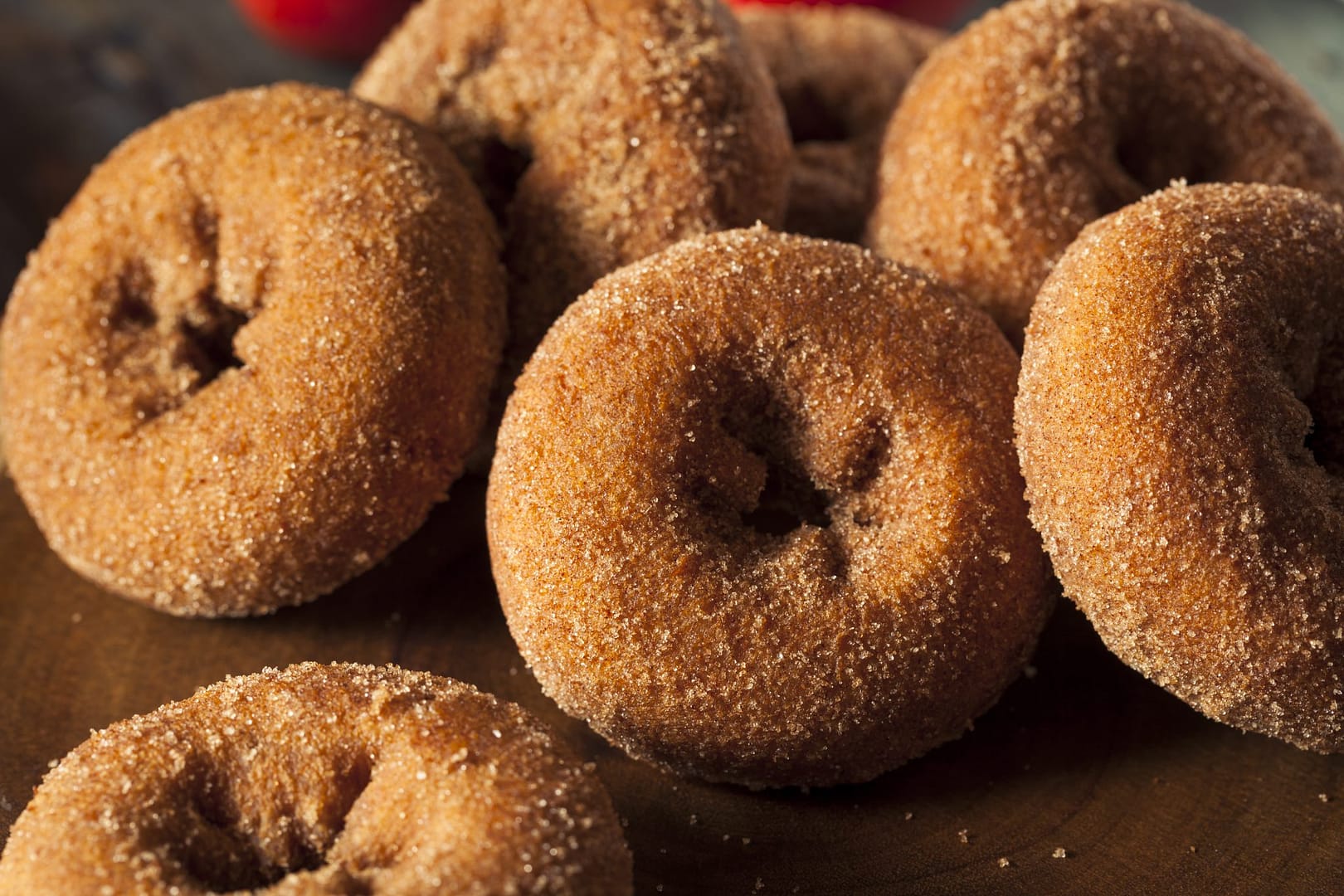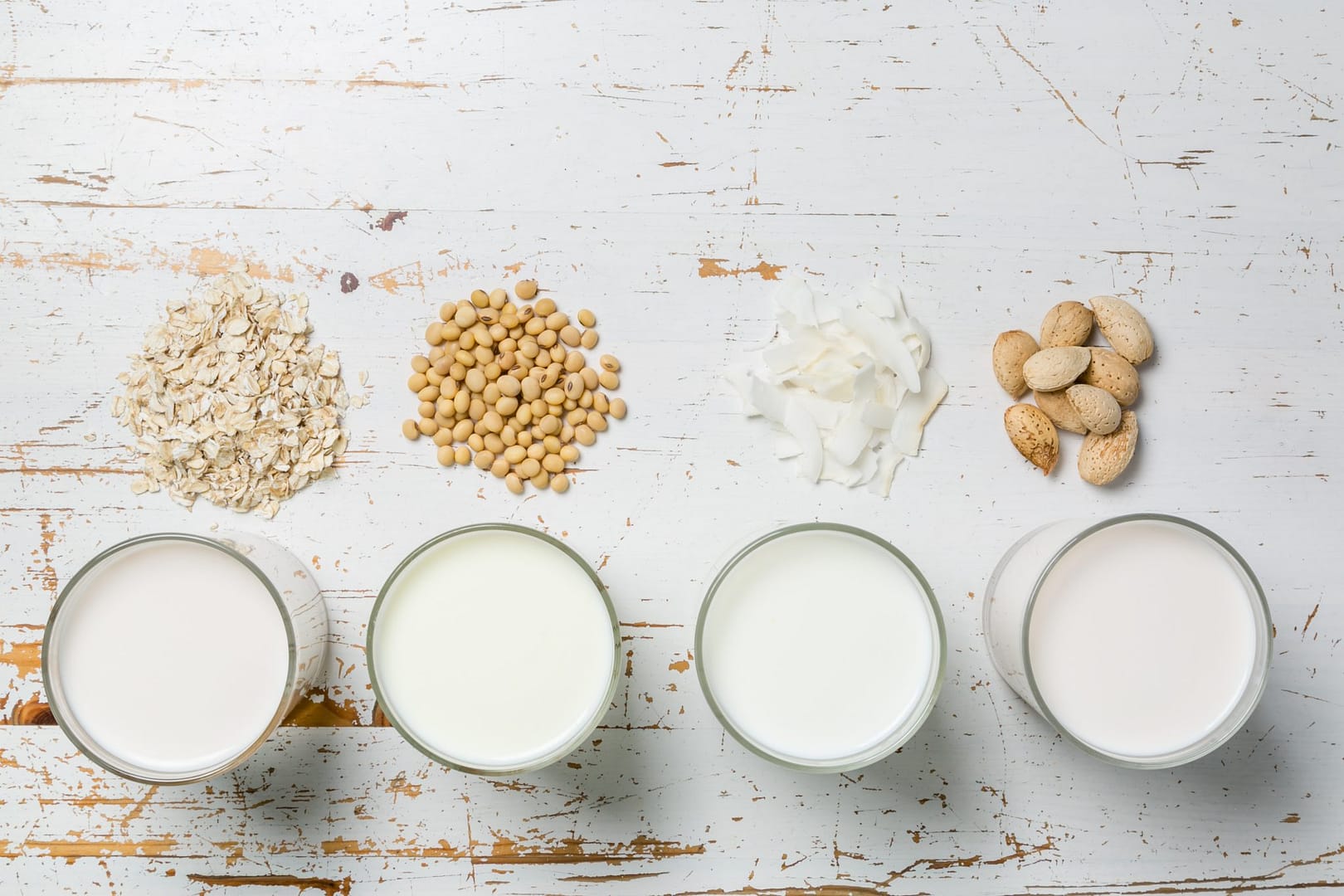Consumers are compelled to read labels and are stumped when they see descriptions that say, “Made from natural flavors.”
That term is so vague to consumers. What exactly is a real, natural flavor and what makes a flavor artificial? That’s a bit tricky!
According to David Andrews, Senior Scientist at the Environmental Working Group, “natural flavor” is listed on labels in more than a fifth of the 80,000 foods the organization rates. The food’s source, he notes, is key to understanding the correct classification.
Natural flavors must originate from a plant or animal, while artificial flavors are manufactured in labs. The FDA defines artificial flavor or artificial flavoring as any substance, the function of which is to imitate flavor that is not derived from a spice, fruit or fruit juice, vegetable or vegetable juice, edible yeast, herb, bark, bud, root, leaf or similar plant material, meat, fish, poultry, eggs, dairy products, or fermented products. Most importantly, the use of artificial flavors is solely for flavoring and not for nutrition.
Why do some juices or healthier foods need extra flavor? There are many reasons for this, not the least of which is the way these foods are made. The process by which some products are pasteurized or processed sometimes adversely impacts the fresh taste and scent. This is why you’ll see labeling on some juices stating that additional flavor has been added. Manufacturers want the product to have a distinctive yet pleasing flavor and the perfect scent, so that the food item will capture consumers’ flavor preferences and entice them to purchase it again. Think about when you buy a pack of fruit gum: The flavor is so concentrated but so short lived, so you need another piece that keeps you wanting more.
Consumers are looking for products that are healthy, natural, organic and all-around healthier. It’s clear that the best products need the best flavors and consumers need to feel confident about buying a product that is good for their family, too.
Artiste offers a variety of ingredients and flavors, many of which are natural and organic, for developers to work with in their newest food and beverage creations. Reach out to Artiste and explore what we have to offer, plus the many diversified and efficient services we provide. E-mail Artiste at info@artiste.us.com.
Pumpkin spice comes in virtually any form. From coffee to candles, you name it, they have it in pumpkin spice. As we head further into Fall, we are seeing more perfectly paired flavors to bring out the best in pumpkin spice…and we’re excited to see where this leads.
To read the full article click here!
For more information on our products or if you have any questions, please e-mail us at info@artiste.us.com
Moo-ve Over Cows, Plant-based “Milk” is Here to Stay.
The ever-trending “dairy ditch” is more than just a fad, it’s a health movement. The food and beverage scene has been exploding with dairy free options for cheeses, creamers, milks, spreads and more. Not long ago, the move to go “dairy free” was more for those who were lactose intolerant or vegan. But today, it’s for everyone. The extremely educated consumer wants to do less harm to the environment and treat their bodies better…and now more than ever, they’re able to do that without having to sacrifice flavor and texture. Let’s talk two morning favorites: yogurt and coffee creamer or milk.
Going Nuts in the Yogurt Case
Not all non-dairy product buyers are strict vegans or lactose free. More and more households are looking to take baby steps to modifying their nutrition choices at home. The first hurdle to overcome: texture. Let’s start with yogurt. The creamy, smooth texture of this breakfast staple made from traditional dairy cow milk is hard to compete with, but the plant-based movement has figured it out. Soy, almond, coconut, oat and cashew milk are the front-runners of dairy free. But it’s sometimes hard to find just the right texture and flavor to hit the spot of a traditional yogurt. From our research, we’ve found that oat milk is definitely the winner – the creamy body is almost identical to that of your go-to traditional dairy. If you’re looking to dive into this without having to spend a lot of time tasting, Well and Good did all the work for you. The best part is, you’re not sacrificing texture or flavor.
Creamy Texture without the Guilt
When the doctor tells you it’s time to lose a few pounds, what’s the first thing to go? If you’re like us, we go straight to cutting out coffee creamer and sugar. Luckily now there are dozens of healthier plant-based options that don’t carry the ‘weight’ of traditional dairy creamers or milks and it isn’t limited to just the same old Coffee Mate. Califia Farms, Silk, So Delicious were the first few to offer healthy alternatives to milk or cream for your beloved morning “joe.” When some of the first milk alternatives launched, consumers were faced with stomaching a thin, non-milk-like texture, but thankfully those days are long gone. More and more options are becoming available with the “full fat” texture, body and flavor, without the guilt. These plant-based options are satisfying consumer’s desires for dairy replacements that give them the illusion that they aren’t missing out.
The plant-based movement is booming and is clearly here to stay. Do you have a dairy free product you’re looking to perfect? Artiste offers a variety of ingredients and flavors, many that are natural and organic, for use in your latest creation. If you’re looking for more information on flavors we can offer and our other services, please e-mail info@artiste.us.com.
Phone: (201) 447-1311 | Email: jraimondo@artiste.us.com






